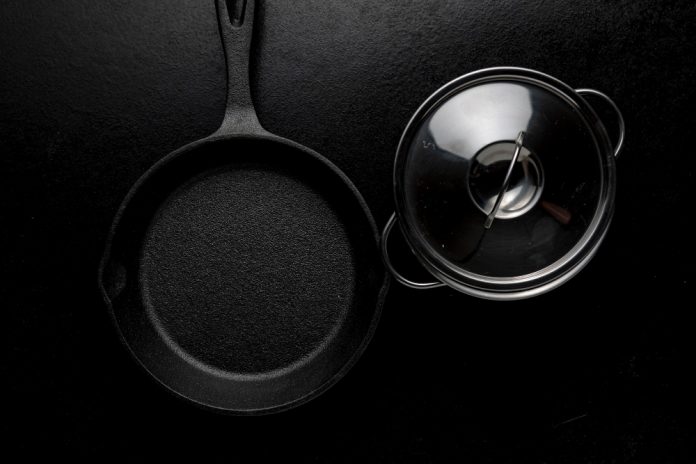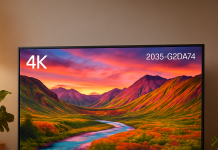You drizzle oil into the pan, just a little. Then a little more..oops. You are halfway through frying onions, and you are already wondering if low-oil cooking is even realistic. We have all been there.
If you are trying to cut down on oil, either for health reasons or just to feel lighter after meals, one thing makes a huge difference: good nonstick cookware.
But here is the tricky part: there is a flood of options out there: different coatings, pan thickness, shiny handles, bold brand promises. But let’s be honest, how do you actually figure out what works when your goal is simple: cook with less oil and not end up scraping burnt bits off your dinner?
Let’s break it down together.
First Things First: Why Nonstick Cookware?
Nonstick cookware has one job, and when it does it right, you feel it. Food slides off, clean-up is easy, and most importantly, you do not need to drown your ingredients in oil to stop them from sticking.
If you are pan-searing fish, making cheelas, stir-frying vegetables, or flipping dosas, the last thing you want is a crusty mess at the bottom. That’s where durable nonstick cookware makes all the difference. It helps reduce that tension between healthy intentions and real-life cooking by delivering consistent performance over time without wearing out quickly.
What to Look for When You Buy Nonstick Cookware?
Not all nonstick cookware performs the same. And for low-oil cooking, you need to be extra mindful about a few things before you buy.
1. Look For A Reliable, Safe Coating
Let us talk about coating because that is the heart of any nonstick cookware. It is what decides how your food behaves in the pan, and whether you end up scrubbing burnt bits or gliding through your recipes like a pro.
There are a few types out there, like ceramic-based or classic PTFE coatings. Now, without getting too technical, what you are looking for is a PFOA-free, food-safe coating that holds up over time. Some cheaper pans lose their nonstick power after just a few weeks, and then you are back to using more oil just to make things edible.
2. Weight And Thickness Matter More Than You Think
Most people do not give this a second thought, but it matters more than you think. The way a durable nonstick cookware sits in your hand, and how evenly it spreads heat, can either make cooking feel smooth and easy… or turn it into a “why is this burning already?” kind of moment.
Lightweight pans might seem convenient, but they can heat unevenly. That means burnt edges, undercooked centres, and yep..more oil used to try and “fix” things. A pan with a bit of weight and a thicker base holds heat better. It spreads it more evenly. That gives your food a chance to cook through without sticking, even with minimal oil.
For everyday cooking, something with a medium weight and a solid base usually works best; not too bulky, not too flimsy.
3. Pay Attention To The Handle (No Really)
It might seem like a small thing, but if your pan’s handle wobbles, gets hot, or feels uncomfortable, you are not going to use it for long. And if your hand slips while flipping something delicate with low oil? Disaster.
Look for handles that are heat-resistant and securely riveted. Bonus if they are ergonomically shaped; it just makes things easier, especially if you are stirring or sautéing for a while.
A pan should feel stable and safe, not like it is about to tip over when you lift it with one hand.
4. Choose The Right Size For Your Routine
Let’s say you are cooking just for yourself. Do you really need a massive nonstick cookware pan that takes ages to heat and clean? Or if you cook for a family, is that tiny frying pan going to help you?
Think about how you cook. A medium-sized kadhai or sauté pan is often the sweet spot for most people. It lets you cook multiple portions without overcrowding, which again, helps prevent sticking (and reaching for more oil).
Also, if you can, get a lid for it. Trapping heat and steam helps soften veggies and cook grains faster, which means—yep—less need for oil to stop things from drying out.
Conclusion
If you are trying to eat better, feel lighter, or just reduce the amount of oil you use without compromising on taste, nonstick cookware is a smart place to start. The right pan makes low-oil cooking feel effortless, not like a compromise. Look for strong coating, even heating, comfortable handling, and the right size for your lifestyle. And once you have got it, treat it well.
You do not need a whole kitchen makeover. Just one or two quality nonstick pieces can make daily meals faster, easier, and way less oily. Small choices, like your cookware, really do make a big difference. Start with one pan and see where it takes your cooking.






